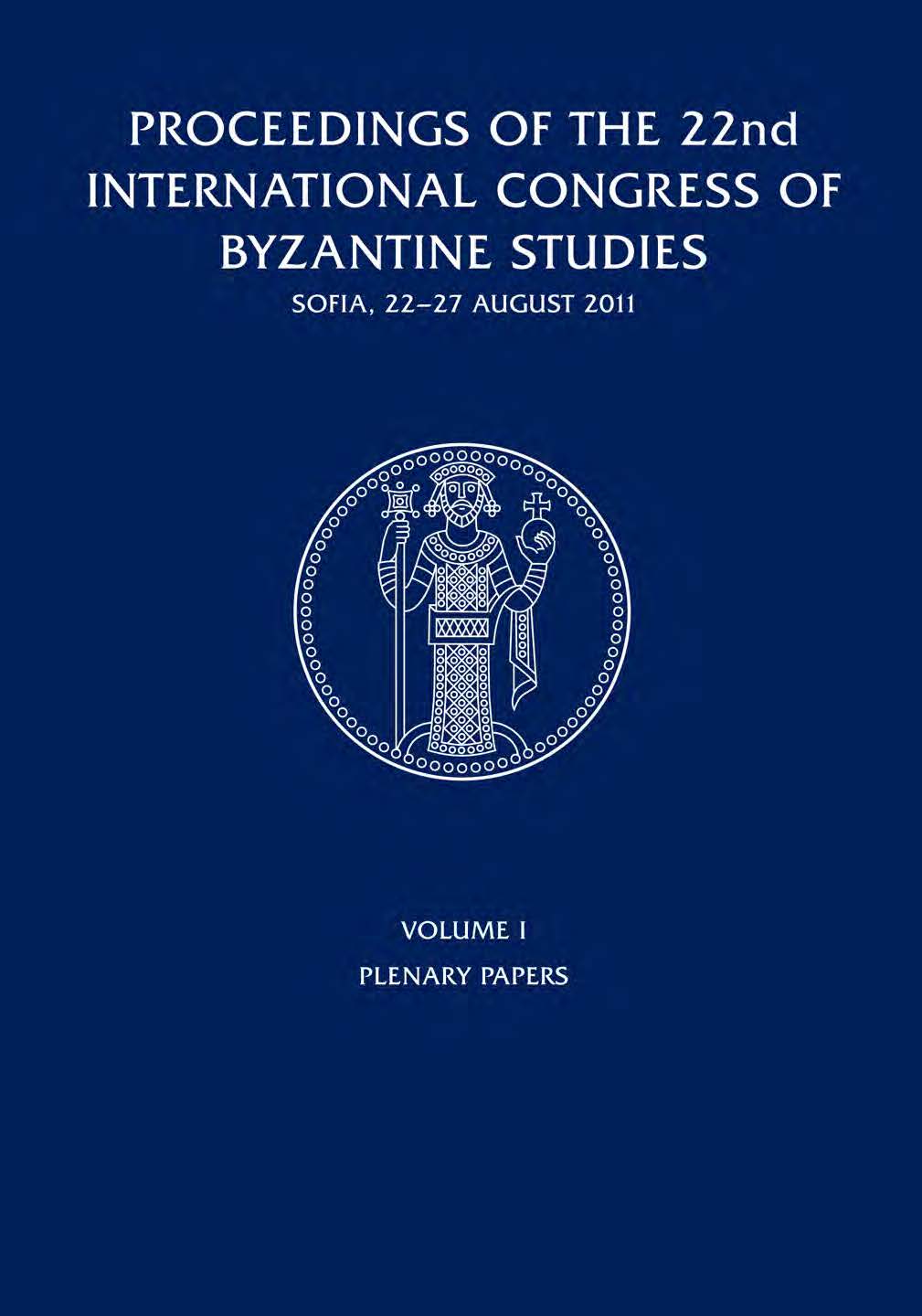
We kindly inform you that, as long as the subject affiliation of our 300.000+ articles is in progress, you might get unsufficient or no results on your third level or second level search. In this case, please broaden your search criteria.


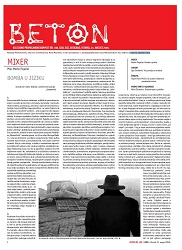
MIXER, Marko Pogačar: Bomba u jeziku; CEMENT, Igor Đorđević: Trač partija na kvadrat; ŠTRAFTA, Dejan Vasić: Može li se putem slikarstva predstaviti istina; VREME SMRTI I RAZONODE, Miloš Živanović: Dobacivanje iz publike
More...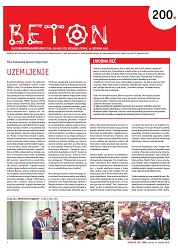
UZEMLJENJE, Aleksandra Sekulić, Dejan Vasić.
More...
MIXER, Igor Duda: Radnici i turisti; ŠTRAFTA, Dejan Vasić: Sekvence društva u permanentnoj tranziciji; ARMATURA, Igor Marojević: Kažeš Katalonija, misliš Kosovo; VREME SMRTI I RAZONODE Ivan Antić: Dr Feelflood, Vladimir Milojković: Čega se plašim na jednoj klupi; BLOK BR. V, Studiostrip: Monika via Italia
More...
MIXER, Piter Troh: Naslednici i neželjena nasleđa; antiCEMENT, Saša Ćirić: Šta je kosovski mit; ARMATURA, Haris Imamović: Progon anacionalnih, Aleksandar Pavlović: Veliki manipulator; VREME SMRTI I RAZONODE, Jelena Anđelovska: Rosenheim
More...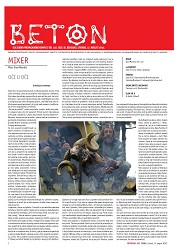
MIXER, Ivan Mandić: Oči u oči; antiCEMENT, Saša Ćirić: Iz Tokija s ljubavlju; ŠTRAFTA, Saša Ilić: Trigonometrija Ninove nagrade, Tomislav Marković: U zdravoj knjizi zdrav duh; VREME SMRTI I RAZONODE, Predrag Lucić: Šizofrendija; BLOK BR. V, El Rašid: Uštve 2
More...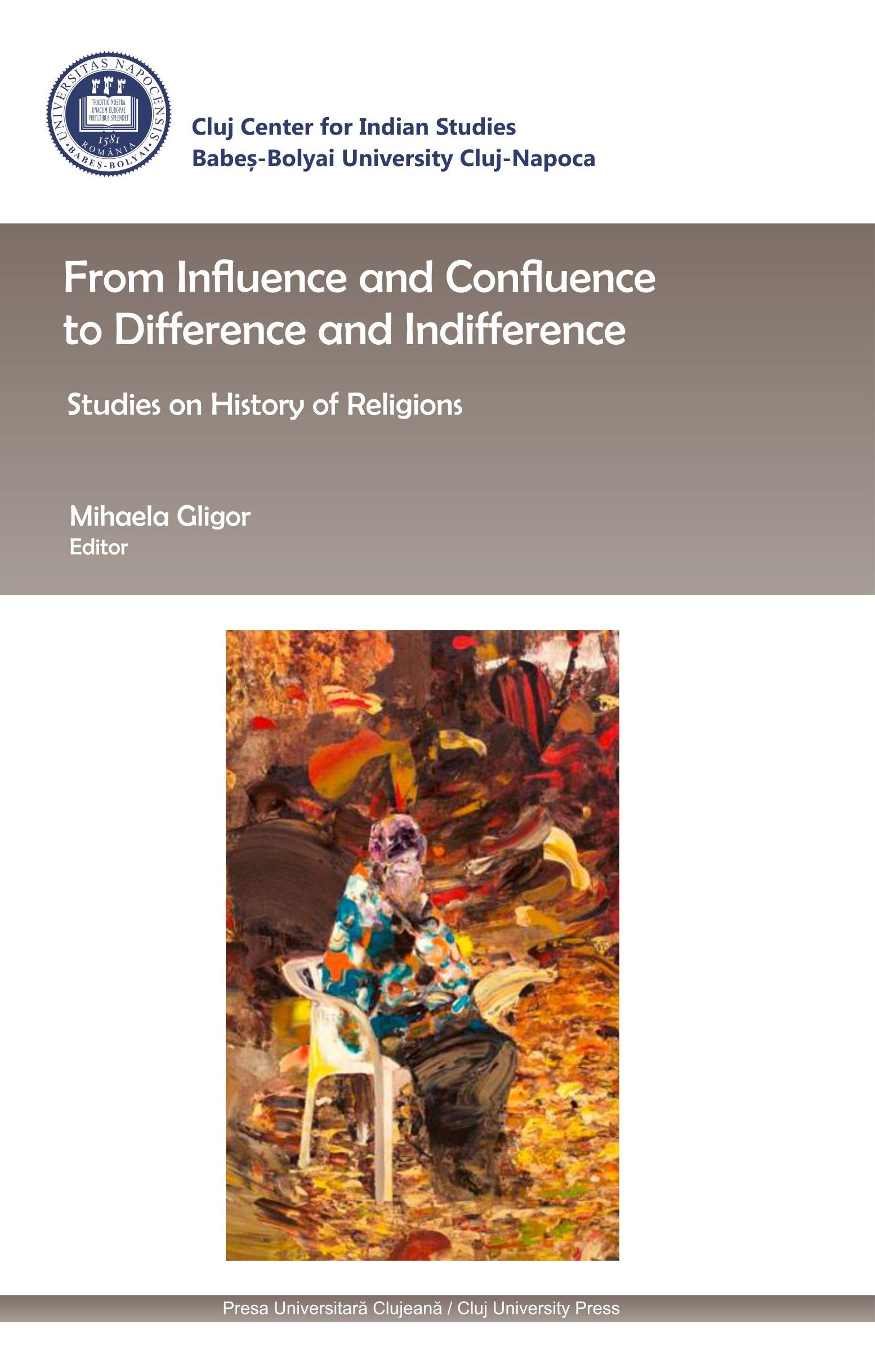
The academic discipline of the history of religions is intrinsically interdisciplinary, and perhaps in a position to contribute particularly useful insights to the dialogue across academic boundaries. This essay is intended to present a very thin slice of cultural responses to our contemporary condition, and to suggest a few possible resources for analysis of them.
More...
Dva velika vlasnika tržnih centara u Sjedinjenim Državama su pred bankrotom. Razlog za njihov bankrot je jednostavan: trgovci već dugo, praktično od izbijanja zaraze virusom korona, ne plaćaju prostor uzet u najam u tim centrima. Dug trgovaca prema vlasnicima prostora dostigao je milijardu dolara. U poređenju sa Sjedinjenim Državama, Srbija, a pre svega Beograd, izgleda kao zemlja snova za tržne centre.
More...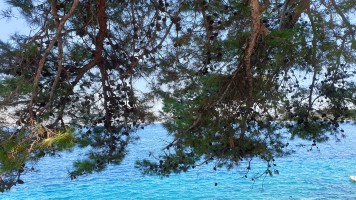
Iako je Drugi svjetski rat, pun užasa i do tada nezamislivih zločina, službeno počeo 1.9.1939. na dan kad je Njemačka napala Poljsku, mi ga računamo od 6. aprila 1941. i napada na Jugoslaviju. No, on je zapravo počeo par dana ranije, odnosno 27. marta 1941., kad je nakon masovnih beogradskih demonstracija koje su se proširile po zemlji, izvršen vojni udar u kojem su s vlasti srušeni potpisnici Trojnog pakta. Taj izazov je za Hitlera bio previše, zbog čega je unatoč nastojanjima nove vlade da to spriječi, odlučio napasti i Jugoslaviju. Čitav niz knjiga je napisan o 27. martu, o ulozi britanskih tajnih službi u čitavoj priči, o tome u kolikoj mjeri su komunisti obilježili demonstracije, što je bila službena istina u SFRJ i o raznim zakulisnim igrama.
More...
MIKSER, Dušan Grlja: Crna i Gora država– O feudalizmu XXI veka; BLOK BR. V, Studiostrip: Primeri 51; anti-CEMENT, Branislav Dimitrijević: Poznavanje prirode i društva; ŠTRAFTA, Vesna Madžoski: Crni kvadrat, beli okvir; ZID, Mirjana Dragosavljević: Gde budućnost počinje?; TENDERSKA DOKUMENTACIJA, Vladimir Milojković: Zatvor
More...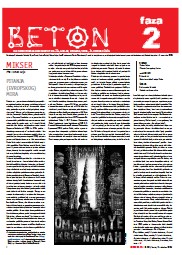
MIKSER, Dušan Grlja: Pitanja (evropskog) mira; anti CEMENT, Milica Ivić: Kako to mislite Zadnje Doba; ŠTRAFTA, Aleksandra Sekulić: Hodati sredinom ulice
More...
MIKSER, Milica Lukić: Sačuvajmo Frušku goru; KARAOKE OBRAČUN, Dejan Čančarević: žeton za multibol u fliperu ludila, Stefan Ljumov: Fleka iliti doživljaj iz prve dečka ‘91-ve; ZID, Darka Radosavljević Vasiljević: Miomir Grujić – Fleka (1954-2003):J AVNI ILEGALAC; ŠTRAFTA, Mirjana Dragosavljević: Simptomi budućnosti: Izložba u kutiji; VREME SMRTI I RAZONODED, Džej Nišel: Izaberi svoju borkinju
More...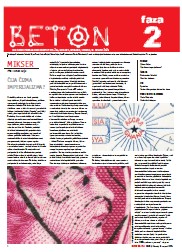
MIKSER, Dušan Grlja: Čija čizma imperijalizma?; ŠTRAFTA, Aleksandra Sekulić: Dani bez datuma; ZID, Apoteka: Svaka slika postaje datum bez dana; VREME SMRTI I RAZONODE, Porša Olajviola: Električni tobogan
More...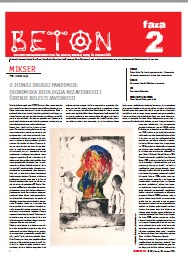
MIKSER, Dušan Grlja: O jednoj drugoj pandemiji – Ekonomska ideologija nezavisnosti i širenje bolesti zavisnosti; ŠTRAFTA, Aleksandra Sekulić: Oktobrova nesetnica; ZID, Novo doba: Robodoba; VREME SMRTI I RAZONODE, Eboni Stjuart: Volim ponedeljke
More...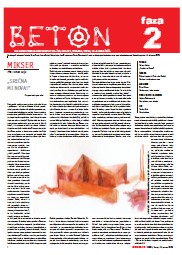
MIKSER, Dušan Grlja: „Srećna mi Nova!“; ŠTRAFTA, Milica Lapčević i Valentin Božić: Borba za slobodno vreme; ARMATURA, Minel Abaz: Dodavanje i oduzimanje; VREME SMRTI I RAZONODE, Galina Maksimović: Devojčice za revolucije; ZID, Siniša Ilić: Dom kulture
More...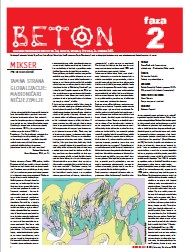
MIKSER, Vesna Madžoski: Tamna strana globalizacije – Mađioničari Ničije zemlje; ŠTRAFTA, Aleksandra Sekulić: Sećanje sa predumišljajem; ARMATURA, Vahida Ramujkić, Debatni program ULUS: (N)i priznati (n)i slobodni (samostalni); VREME SMRTI I RAZONODE, Eboni Stjuart: Ova pesma govori o radosti; BLOK BR. V, Radovan Popović
More...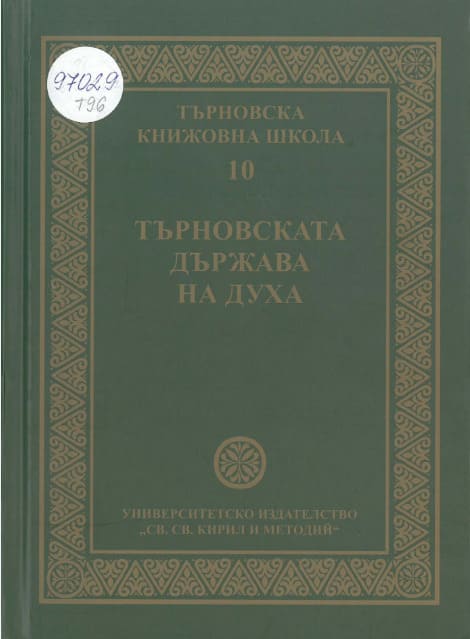
Common trends of Balkan painting as basic cultural locus of old Byzantine culture influenced Medieval iconographic models of wall-painting heritage of Christian temples in Tarnovo and its region dating from XV – XVIII century. Iconography was developed and enriched by symbolic images and interpretations of motives and events fundamental in Christian philosophy, Bible and hymnography. Artistic tradition of Christianity, strongly apparent in theocentric compositions of church vaults of that period revealed the ideas of Protoimage of God and its realization in cognizable world.
More...
In the second half of the 17th century a Boka-Kotorska icon painting school was formed. Despite its popularity, extensive research and publications have been made on representative personalities. In the museum of the medieval town of Dubrovnik today there are 35 icons belonging to the Boka-Kotor School. The amount of works attributed to the artistic range of the school is not exhausted. In the first decades of the eighteenth century icons appeared in the most elite and high-paying commercial territories, churches and monasteries, which are post-Byzantine. Even in stylistic terms, as I have already said, they have nothing to do with the old masterpieces of the Dubrovnik masters. The first distinctive feature is that the models and models of iconography that will be used in the work of this school are of post-Byzantine origin. For example, the composition “Deisis”, which is strongly represented in the work of some generations of masters, is indicative. Of course, Western prototypes, decorative elements characteristic of Baroque painting, are coming into the art of later periods. The Tryavna iconographic school, despite its individual characteristics, also follows the traces of naivetry and the shaping of shapes. Undoubtedly, there are long distances, distant centres developing independently of each other. But, on the other hand, the boundaries of art come closer, even cross, especially when it comes to religious-popular ideas and the progression of visual rhythm and reflection of creative consciousness. The present study is devoted to these issues and a comparative analysis of various inscriptions and stylistic features.
More...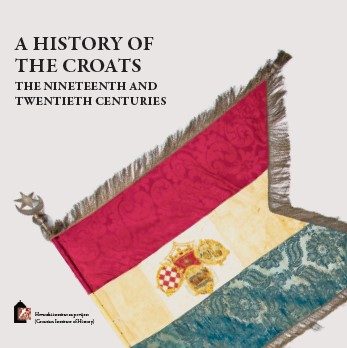
The beginning of the publication of Novine Horvatzke (January 6, 1835) and its weekly literary supplement Danicza Horvatzka, Slavonzka y Dalmatinzka (whose owner and official editor was Ljudevit Gaj) marked the entry into the most intensive phase of the Croatian national revival. It coincided with the stronger efforts of the Hungarians to limit Croatian autonomy with the imposition of the Hungarian language, and with intense competition between the Hungarian and Croatian honorati in agrarian and commercial affairs. These circumstances encouraged the involvement of Croatian noble-men and wealthier citizens in the revival movement. At the beginning of the movement, there were two social programmes. One of them was a conservative program based on Drašković’s Disertatia, which foresaw a gradual modification of the feudal system with the aim of preserving it. The second, barely known to the public at first, was a bourgeois-liberal programme to abolish the feudal system while preserving the economic strength of the nobility. At first, it was mainly advocated by the citizenry, and by 1848 it was at least partially accepted by the nobility.
More...